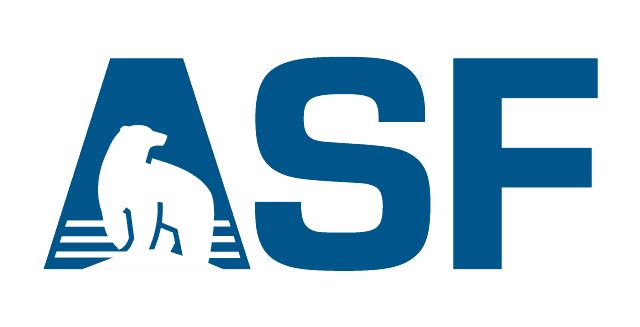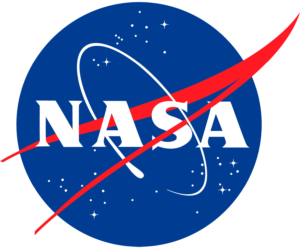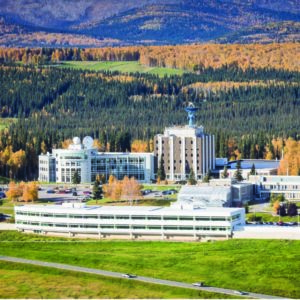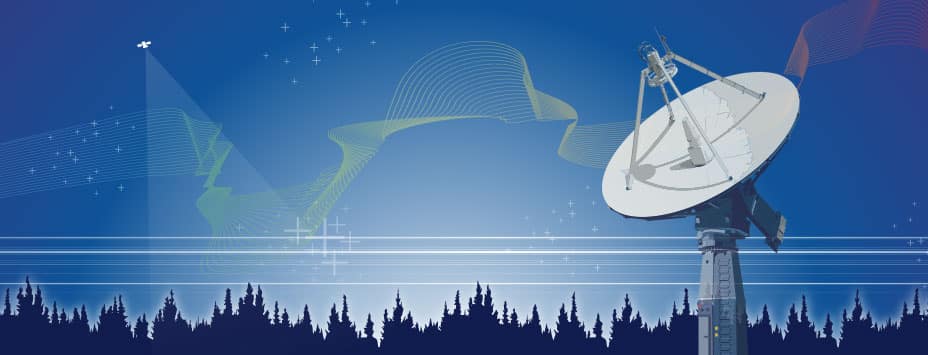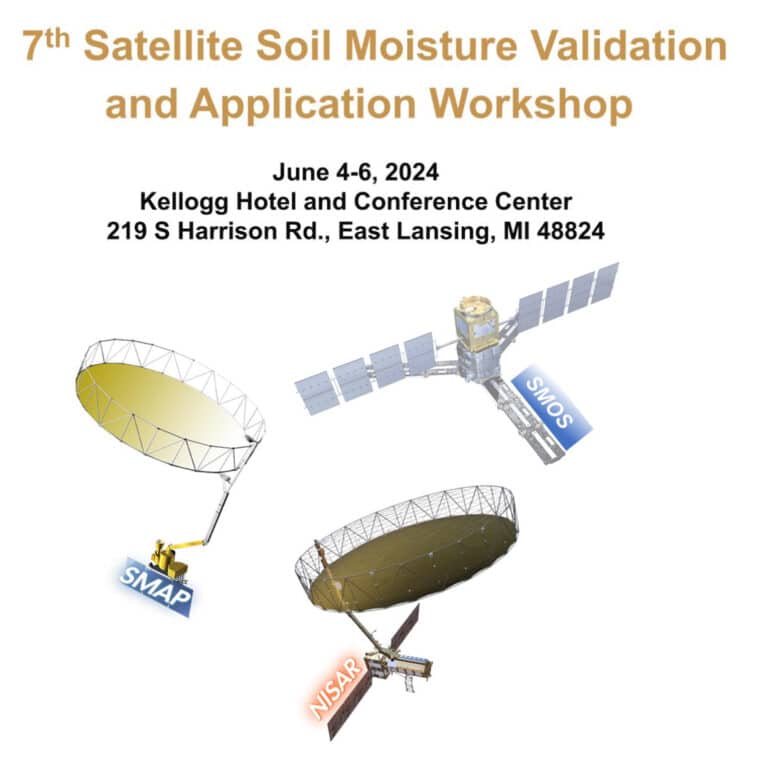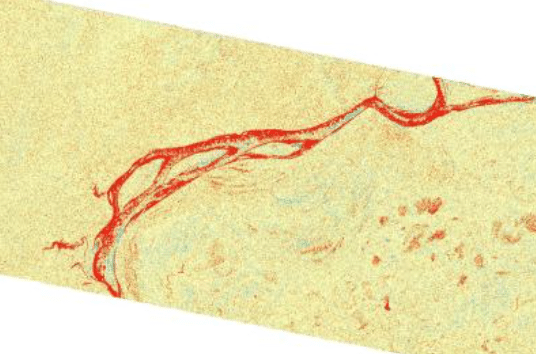Training opportunities are posted here as they become available.
Additional useful resources — the story of ASF, SAR data applications, data recipes, tools and services. Subscribe to our channel to be notified of new content when it becomes available.

